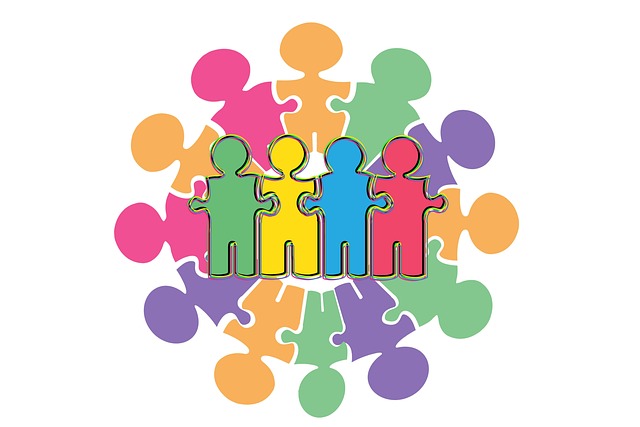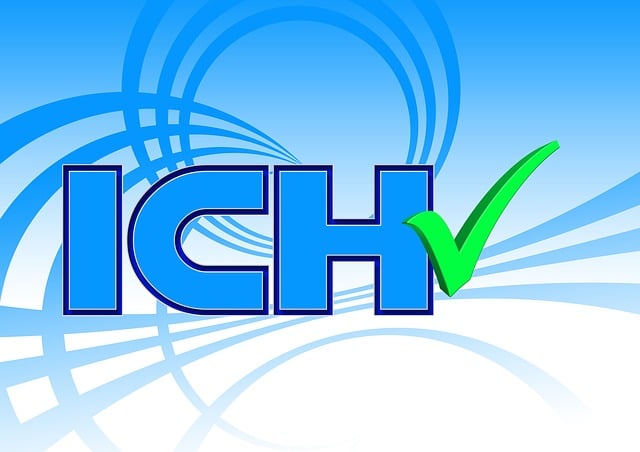Self-Exclusion Tools are digital solutions aiding individuals in managing online behavior, particularly gambling or addictive activities, by restricting access to specific websites or platforms for set periods. Beneficial for students, professionals, and those breaking free from addiction, these tools promote responsible gaming habits, safeguard financial and mental health, and foster a healthier relationship with technology. To use them effectively, users should define goals, choose the right tool, create an account, set restrictions, and monitor/adjust limits as needed.
In today’s digital landscape, self-exclusion tools are vital for maintaining healthy online habits. This comprehensive guide explores ‘Self-Exclusion Tools’, highlighting their significance in managing gaming and gambling sites. Understanding self-exclusion isn’t just about curbing addiction; it’s a proactive step towards digital well-being. We’ll showcase the top tools available, providing a step-by-step implementation guide for users seeking to regain control. By the end, you’ll be equipped with the knowledge to navigate online spaces mindfully.
- Understanding Self-Exclusion: Why and When to Use These Tools
- Top Self-Exclusion Tools for Online Gaming and Gambling Sites
- Implementing Self-Control: A Step-by-Step Guide Using These Tools
Understanding Self-Exclusion: Why and When to Use These Tools

Understanding Self-Exclusion: Why and When to Use These Tools
Self-exclusion tools are designed to help individuals take control of their online behavior, particularly when it comes to gambling or other potentially addictive activities. By utilizing these tools, users can voluntarily restrict access to specific websites or online platforms for a defined period. This proactive measure is crucial for those seeking to manage time spent online, reduce distractions, or avoid triggers that may lead to excessive usage.
The decision to use self-exclusion tools isn’t solely about curtailing recreational activities but also about fostering digital well-being and maintaining a healthy balance in life. Whether it’s a student trying to focus on studies, a professional seeking to enhance productivity, or someone looking to break free from addictive habits, these tools offer a practical solution. They empower users to make conscious choices about their online engagement, ensuring a healthier relationship with technology.
Top Self-Exclusion Tools for Online Gaming and Gambling Sites

In the digital age, where online gaming and gambling have become ubiquitous, self-exclusion tools are essential for maintaining healthy habits and controlling potential addiction. These tools empower individuals to take proactive measures by setting limits on their spending and playtime across various platforms. Many reputable sites offer robust self-exclusion mechanisms, allowing users to temporarily or permanently lock access to their accounts.
Some of the top self-exclusion tools are integrated directly into gaming and betting sites, providing a straightforward way for players to manage their engagement. These tools often include features like deposit limits, loss limits, and session time restrictions. By utilizing these measures, individuals can ensure they engage in responsible gaming, protecting their financial well-being and mental health while enjoying the thrill of online competitions or chance-based entertainment.
Implementing Self-Control: A Step-by-Step Guide Using These Tools

Implementing self-control and managing your online habits can be a challenging task, but with the help of effective Self-Exclusion Tools, it becomes more achievable. Here’s a step-by-step guide to utilizing these tools for better digital well-being:
1. Identify Your Goals: Start by understanding what you want to achieve. Do you aim to reduce time spent on social media, limit gambling sessions, or curb excessive online shopping? Defining your goals is the first step towards success.
2. Choose the Right Tool: Select a Self-Exclusion Tool that aligns with your needs. Some tools allow you to set specific restrictions, like blocking certain websites during work hours. Others offer more comprehensive solutions by curating personalized plans based on your habits and goals. Explore various options to find one that suits your lifestyle.
3. Create an Account: Sign up for the chosen tool and create a secure account. Provide necessary details and customize your settings accordingly. Many tools offer easy-to-use interfaces, ensuring a straightforward setup process.
4. Set Your Restrictions: Utilize the tool’s features to set self-imposed limits. You can schedule blocks for specific websites or apps, receive reminders, and even track your progress over time. Personalize these restrictions to fit your daily routine, making them more effective and sustainable.
5. Monitor and Adjust: Regularly check in with your Self-Exclusion Tools to assess their effectiveness. Make adjustments as needed to ensure they remain relevant and helpful in your journey towards better self-control.
Self-exclusion tools are powerful resources for individuals seeking to take control of their online gaming and gambling habits. By understanding the importance of setting boundaries, one can effectively utilize these tools to create a healthier relationship with digital entertainment. The top self-exclusion sites offer simple yet effective solutions, allowing users to protect themselves from potential addiction and its associated risks. With the right implementation, these tools can be life-changing, empowering individuals to make positive changes and prioritize their well-being in today’s digital landscape.






